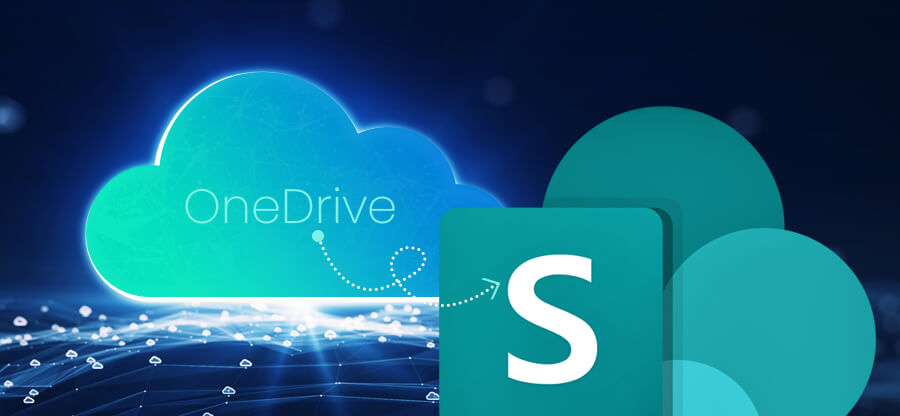Read time 4 minutes
After the pandemic of 2020, the need for online platforms that can provide functionalities like video conferencing, real time chats, team collaboration, document sharing, etc. grows exponentially. Two applications fulfilling these criteria and closely competing with each other are Microsoft Teams and Google Meet.
Microsoft and Google have designed their platform for professional intra-organization communication. Users can make HD video calls, send, and receive messages, and share files and documents. Google offers ‘Meet’ and Microsoft Offers ‘Teams.’
Google Meet is a video messaging tool that embeds chat in it. At the same time, Microsoft Teams put more focus on business conversations and team collaboration. In the present article, we will see the unique features offered by these two applications and check how both tools benefit a business.
What is Microsoft Teams?
Microsoft Teams is a communication platform that comes with Microsoft 365 subscription plans. It has replaced other business messaging services of Microsoft like Skype for Business and Classroom. The Coronavirus pandemic has given Microsoft Teams immense opportunity, and its daily active user count has increased by multiple folds. As of 2024 the total monthly active members on Team has crossed 300 million.
Features of Microsoft Teams
The collaborative platform Teams integrates several features offering various functions. The various modules of the applications are:
- Chats: The chats are designed as threaded conversations. The user can send text messages, add emojis, and mark the message as either urgent or essential. The vital message will be displayed in red color with an exclamation mark. The critical message will send constant notifications until the receiver sees the message. The user can conduct a group chat with multiple members and share files and documents between the chats. The chats are migrated completely along with their files during SharePoint data migration using a professional tool.
- Calling: Several methods in the Teams app use calling. There is instant messaging, Voice Over IP, and video conferencing. The Teams users can call phone numbers from the application through a public switched telephone network (PSTN).
- Meeting: A user can schedule meetings and add other team members at the supposed time. The receiver will get a link and can join at the scheduled time. Teams also provide an MS Outlook plugin so that the receiver receives a link through Outlook email. Thousands of users can be added to Meeting through a link.
- Channels: Channels are topics of discussion that a user can set to avoid chatting through email or group messages. The receiver can respond to the discussion topic through text, GIFs, images, and even memes.
- Education: Office 365 for Education benefits teachers as they can assign assignments to users, distribute them, and then grade them. There is an assignments tab to complete such tasks, and the teacher can conduct quizzes through Office Forms.
What is Google Meet?
Google Meet is a video-communication service that incorporates the better services of its predecessor, like Hangout Chats or Google Chat. Google considers it as an enterprise-friendly version of Hangouts. During a video conference, there can be participants up to 30 members.
Features of Google Meet
- Video conferencing with high resolution: The video conference will have much higher clarity than other apps. It can go up to 720p during video calls.
- Call encryption: The voice/audio call will be encrypted to avoid any data loss.
- Join meeting with multiple methods: A receiver can join the Meeting through a web browser link or Android and iOS apps.
- Integration with Google Apps: Google Meet can integrate with other Google-based applications like Google Calendar and Contacts for better meeting scheduling.
- Screen-sharing during meetings: During an ongoing meeting, the host can share documents, spreadsheets, presentations, and other tabs.
- Total control over video/audio calls: The host has complete control over the call, and they can add or remove members in a call.
The above-discussed points cover the prominent features of both Microsoft Teams and Google Meet extensively. Both platforms are robust and reliable for office purposes. Also, the integration of artificial intelligence has given a feature boost to the applications. With the power of AI, users can perform several tasks like taking notes, real-time translations and captions, suggestions in document & email writing, and many more.
Conclusion
Microsoft Teams and Google Meet are both prevalent and successful platforms. They are useful for organizations and businesses of all sizes. Both these platforms have more than 100 million active daily users and are used for quick file sharing. To pick the one for your organization, consider the above-mentioned points and your requirements. If you are in need to migrate data between Teams and Google, employ Kernel Migration for SharePoint. The tool also allows to migrate 1:1 chat in Teams.








